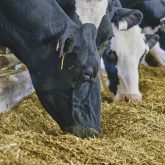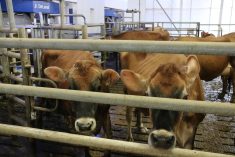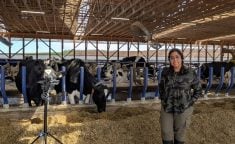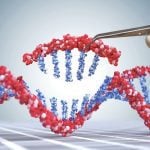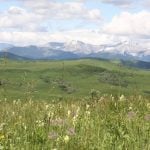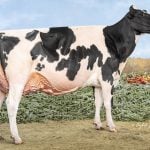The intricate structure of cow hooves is a marvel of biological engineering but also a potential point of failure under stress.
The suspensory apparatus can be a boon or an Achilles’ heel for today’s dairy cows.
Damage to the complex suspensory apparatus leads to permanent structural changes and the chance of chronic lameness.
Read Also
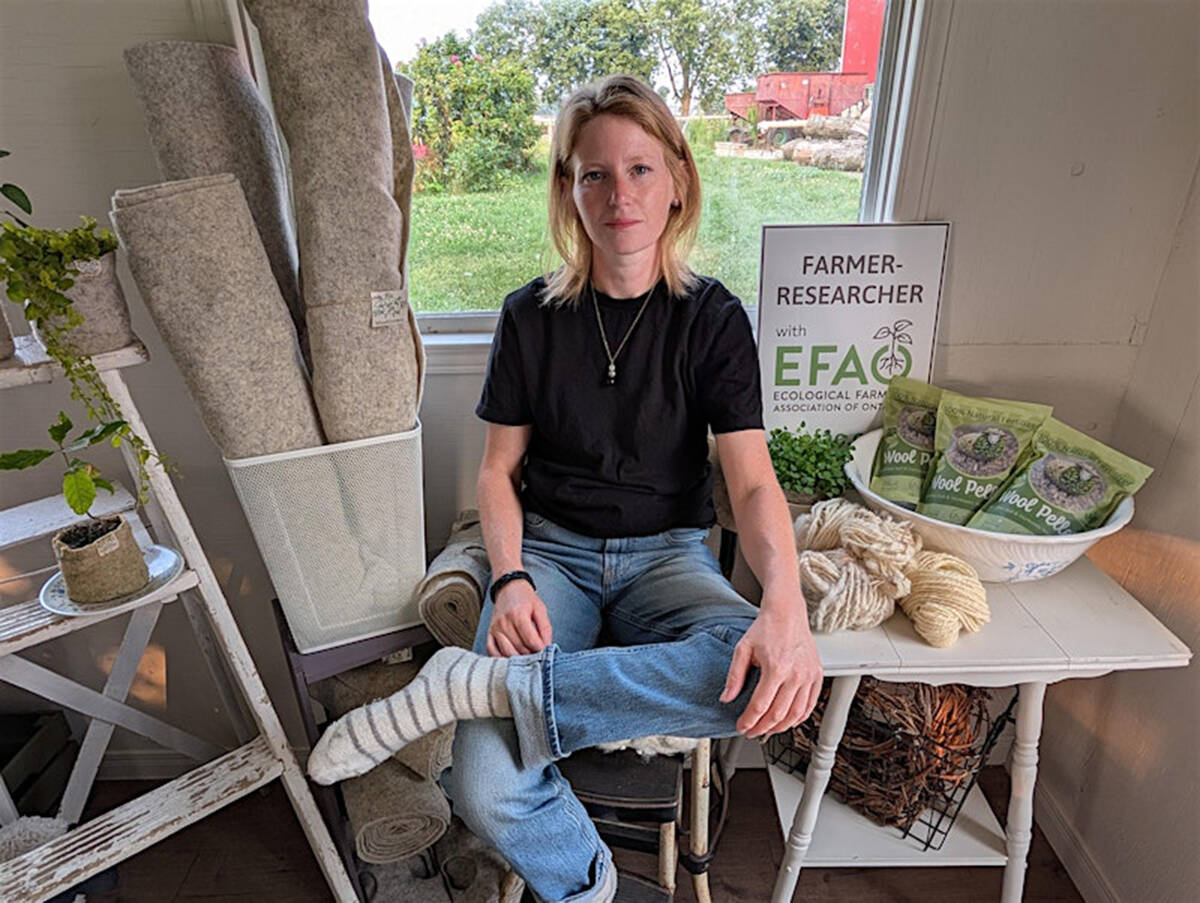
From fleece to fertile ground
Lindsey Weber turns Canadian wool into sustainable, biodegradable weed suppression and horticulture alternatives to plastic, boosting farm sustainability and revitalizing Canada’s wool industry.
The persistent challenge of lameness in dairy cattle involves the interplay of cow-level, environmental and management factors. See the first article in this series here.
Central to understanding the cow-level challenges is the study of hoof biomechanics and anatomy. One of the most crucial structures is the suspensory apparatus in bovine hooves—a complex system that supports the pedal bone within the claw capsule.
The suspensory apparatus is composed primarily of dermal and epidermal laminae and collagen fibres. These components work together to maintain the position of the pedal bone within the hoof.
The dermal and epidermal laminae (the layers of skin-like tissue within the hoof) are leaf-like structures that interlock. The dermal laminae (inner layer) are connective tissues rich in blood vessels and nerves that interface with the epidermal laminae. This inner layer is part of the broader corium, also known as the quick, which provides nutrients and supports hoof growth.
The epidermal laminae (outer layer) are hardened projections that mesh with the dermal laminae. This interdigitation provides a large surface area for securely attaching the hoof wall to the underlying structures, critical for stability and weight-bearing functions. Collagen fibre bundles link the pedal bone directly to the basement membrane (a thin layer between the dermis and epidermis) at the dermal-epidermal junction.
They absorb and distribute forces during movement, keeping the pedal bone stable and in place. This apparatus, along with the digital cushion (a fatty, fibrous pad under the pedal bone) and other connective tissues, is essential for maintaining the alignment and structural integrity of the pedal bone.
Laminitis, a complex disease caused by many factors, is a prime example of a condition that affects the suspensory apparatus. It is a systemic disease that shows up in the claws, causing inflammation and degeneration of the laminar structures in the hoof. Laminitis disturbs the microcirculation of blood in the corium, leading to the breakdown of the dermal-epidermal junction.
This breakdown degrades collagen fibers, which are essential for the structural integrity of the suspensory apparatus. During laminitis, the pedal bone can sink or rotate within the claw, leading to compression of the corium and development of sole ulcers and white line disease.
Once the suspensory apparatus is damaged, it cannot fully recover, leading to permanent structural changes and a higher risk of chronic lameness. The displacement of the pedal bone causes constant compression and pinching of the corium (quick) between the pedal bone and the sole of the hoof. This compromises the hoof’s ability to support weight and absorb shocks. Consequently, cows with a history of hoof lesions are much more likely to become lame again compared to those never affected. Preventive measures are needed to maintain the health of the suspensory apparatus.
Returning to our central question, is the suspensory apparatus a boon or an Achilles’ heel for dairy cows? The suspensory apparatus of the bovine digit embodies both strength and vulnerability. Its intricate design and functionality are vital for cow mobility and overall hoof health.
However, modern dairy farming practices, particularly prolonged standing on hard surfaces, place excessive stress on this structure. The shift from pasture-based systems to concrete flooring has markedly increased the incidence of lameness, as the hooves struggle to dissipate the constant pressure effectively. This, combined with other environmental and production pressures, makes the suspensory apparatus more susceptible to damage.
The answer lies in how effectively we manage and support this vital anatomical structure. Proactive management practices are essential to safeguard its health and functionality. These include regular hoof care, encouraging sufficient lying time, minimizing exposure to hard surfaces, early detection of lameness and proper nutrition. By addressing these factors, we can mitigate the risks and enhance the long-term well-being of dairy cows, ensuring that the suspensory apparatus remains a boon rather than an Achilles’ heel.
Amir Nejati has a DVM degree, and a Master’s degree in Animal Science from McGill University and serves as a dairy cattle specialist at Clearbrook Grain & Milling in British Columbia







